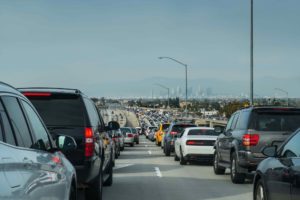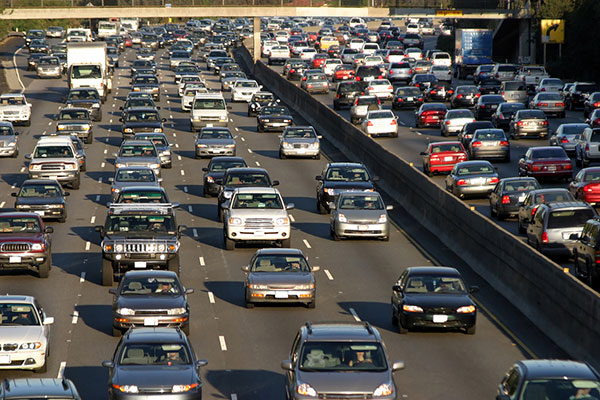How COVID-19 Has Changed Traffic, Car Insurance, and More in the U.S.
There are many changes that have happened over the last couple months due to the COVID-19 pandemic. Changes that you might not have noticed if you’ve been staying home are the ones happening on the road. There’s been significantly less traffic in commonly bustling cities, record-low gas prices and a plethora of speeding tickets. So, what will happen when people start driving normally again?
Decrease in Traffic
Let’s start by taking a look at Los Angeles, a city well-known for its bumper to bumper traffic. On March 18th, Los Angeles’ famous rush-hour congestion had “virtually disappeared,” according to the New York Times. Traffic was moving 53% faster than usual that Wednesday morning and 71% quicker than average at 5 p.m.
This trend held true in other heavily populated
cities, as well. Downtown Seattle showed a 64% decrease in vehicle travel by March 11th and even less traffic on weekends. And although New York residents rely less on cars than in other metro areas, traffic was moving 36% faster during rush-hour than it typically would. San Francisco also saw a 59% decrease in traffic as many residents began working from home.



